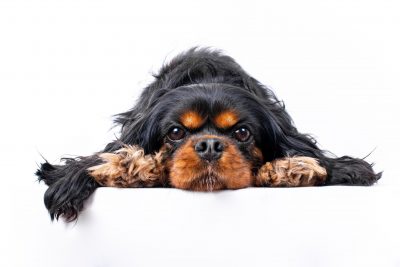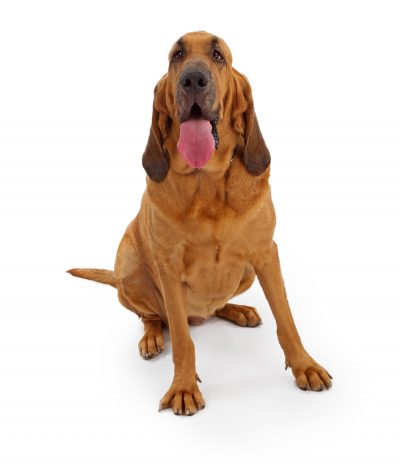
Dog Ear Grooming Tips

The canine ear is amazing part of the dog’s body. Using their superior auditory system, dogs can hear things that humans can’t even fathom. They can hear an approaching thunderstorm up to several hours before we notice anything. They can detect ultrasonic sounds, like the cry of a baby  mouse when it’s distressed, or the sound rats make after mating. They can hear sounds four times farther away than we can, and they can distinguish their owners’ footsteps from the footsteps of other people, even in a crowd.
mouse when it’s distressed, or the sound rats make after mating. They can hear sounds four times farther away than we can, and they can distinguish their owners’ footsteps from the footsteps of other people, even in a crowd.
Because dogs’ ears are so important to them—and to us for all they do to help us understand our four-legged companion’s moods and attitudes—we need to take good care of this valuable part of the canine anatomy. One way to do this is through good grooming.

The type of care you provide for your dog’s ears depends on your dog’s particular type of ear. Dogs with long, hanging ears need more attention than the ears that stand straight up. Dogs with hairy ears also need more grooming in this area than dogs that have sleek coats.
If your dog has a lot of hair on his face, chances are he also has hairy ears. Breeds like Poodles, Lhasa Apsos and Shih Tzus tend to have a lot of hair in their ears. The more hair in your dog’s ears, the more damp it is inside them. And with dampness comes the risk of ear infection.
To trim the hair from you dog’s ears, follow these steps:
1. Assemble your tools. You’ll need a pair of blunt-nosed scissors designed for cutting hair, available at drug stores. Have some Cowboy Magic® Detangler & Shine™ on hand as well.
 |
2. Prepare your dog. Make sure your dog is calm and ask him to sit in front of you. If your dog is the wiggly type, have someone help you by holding your dog steady as you work.
3. Prepare the hair. Apply a little Cowboy Magic® Detangler & Shine™ to the hair to make it smooth and easier to cut.
4. Position the ear. Hold your dog’s ear out to the side so the hair you cut does not drop down into his ear canal.
5. Trim the hair. Using the scissors, trim the hair that is protruding out of his ear. Cut close to the skin, but not so close that you accidentally nick him.
If your dog is very uncooperative with this procedure, consider taking him to a professional groomer. Otherwise, you could end up hurting him with the scissors while he is struggling.
If your dog has floppy ears, you need to keep them clean to avoid infection developing inside, where air doesn’t circulate. Bloodhounds, labrador retrievers and cocker spaniels are just a few of the breeds that have floppy ears that are prone to infection.
To clean your dog’s ears, follow these steps:

1. Assemble your tools. Dampen a soft, cotton cloth or a cotton ball with mineral oil. You can also skip the mineral oil and use commercially sold ear wipes for dogs, which are available at pet supply stores.
2. Prepare your dog. Have your dog sit calmly in front of you, or have a helper hold him steady.
3. Clean the ears. Wipe the insides of his ears with the cloth or cotton ball, taking care to clear out the dark, waxy material you see inside.
You should only need to do this about once a month, as you don’t want to remove too much of the necessary earwax from your dog’s ears. Some wax is necessary to help protect the inside of the ear. If your dog’s ears become dirty again within a week, or if you notice an unpleasant odor coming from them, your dog may have an ear infection. Take him to a veterinarian right away.

Provide your dog with good ear care to keep him comfortable and happy. A dog that hears well is not only a dog that enjoys life. He’s also a dog who listens better!




